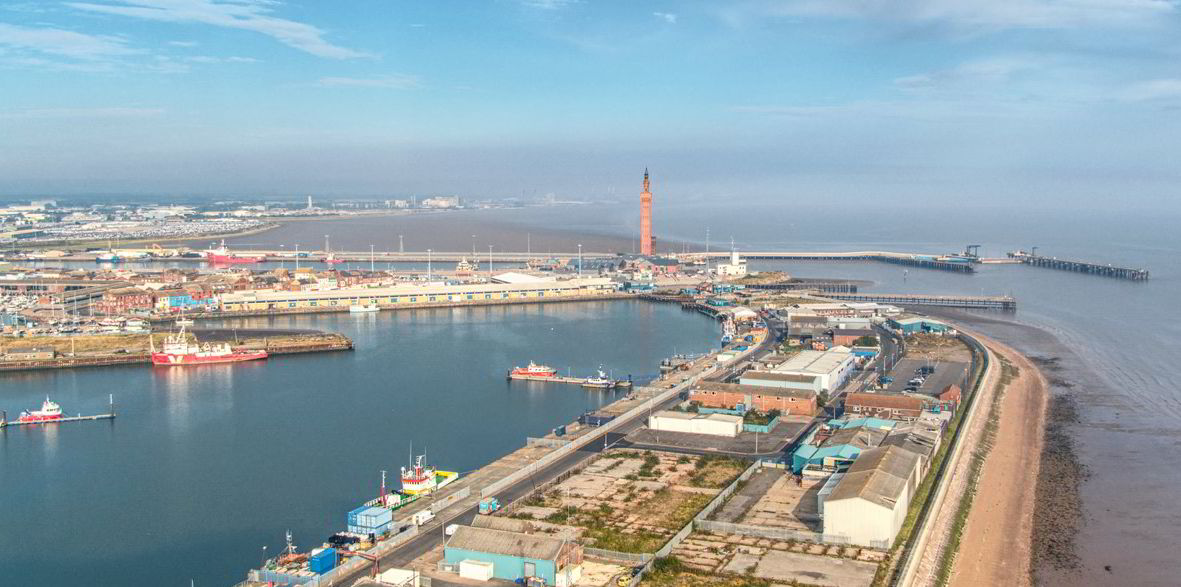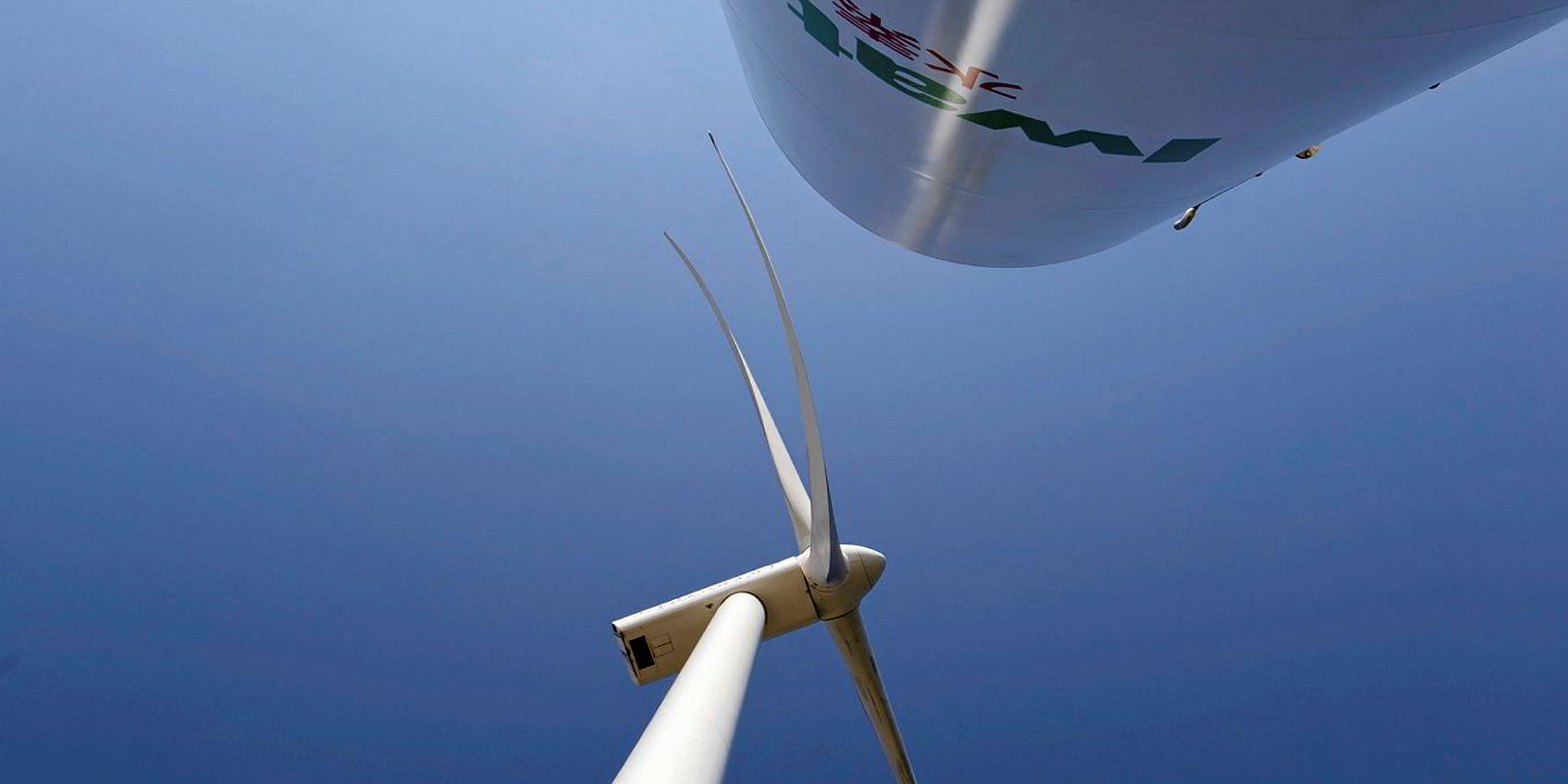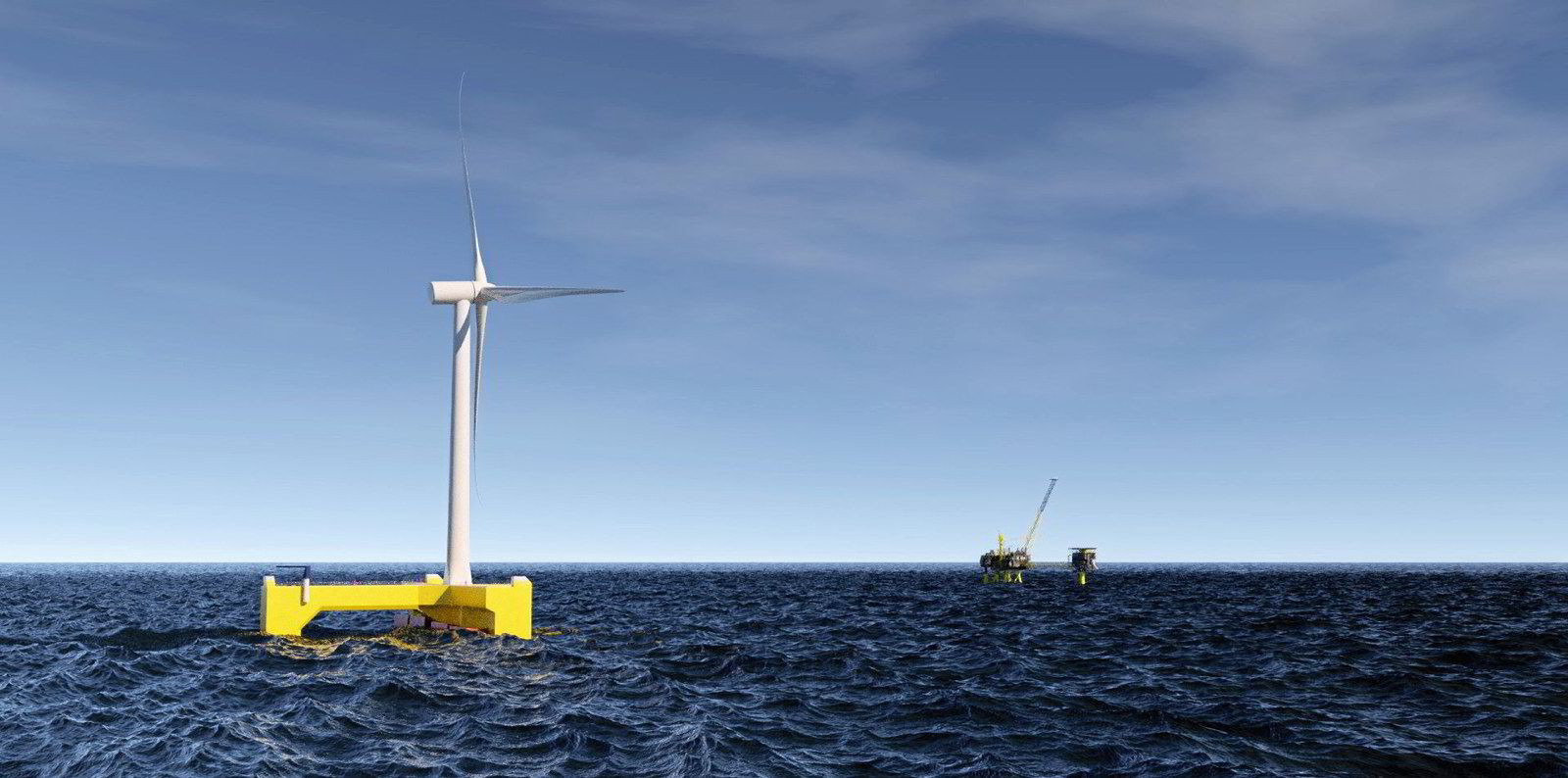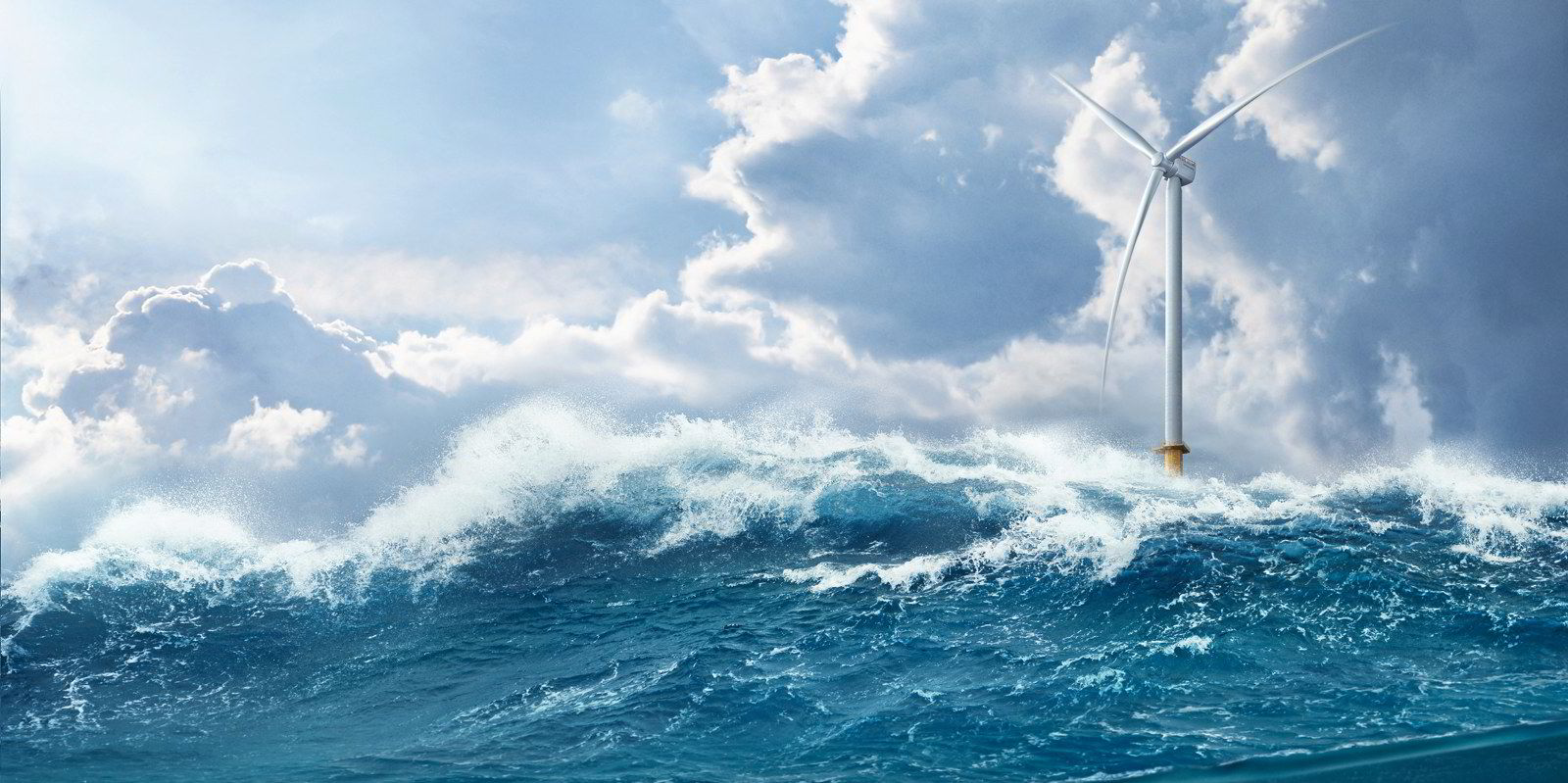The UK port town of Grimsby has been chosen to host pioneering efforts to integrate offshore wind with green hydrogen output underway by a group including Orsted and Siemens Gamesa.
Grimsby in northeast England will be the site of a demonstration project by the Oyster consortium – comprising the global offshore wind development and turbine giants, plus technology partners ITM Power and Element Energy.
Oyster aims to develop a “fully marinised” electrolysis system capable of direct integration with offshore wind.
The team will deploy a “megawatt scale” pilot project shoreside at Grimsby near the town's distinctive dock tower, and “explore the feasibility and potential of combining an offshore wind turbine directly with an electrolyser and transporting renewable hydrogen to shore”.
Grimsby is one of a number of towns in northeast England seeing investment and regeneration thanks to the North Sea offshore wind boom. The former fishing port is already home to Orsted’s operations and maintenance base for its giant Hornsea projects.
Along with neighbouring Hull, Grimsby is regularly cited globally as an early example of how offshore wind can help regenerate coastal economies that have fallen on tough times.
Oyster dovetails with other major initiatives underway to enable integration of offshore wind and hydrogen production, storage and transport, viewed as one of the key routes to decarbonising major industries such as chemicals and metals where direct electrification is challenging.
Siemens Gamesa is working on a bespoke H2 version of its largest 14MW wind turbine, while Orsted and electrolyser specialist ITM Power are separately partners in the Gigastack project that could link green hydrogen output with the Hornsea 2 wind farm.
Orsted UK head Duncan Clark said: “As the largest offshore wind company in the world, we are exploring offshore hydrogen production as a future, supplemental way of getting large amounts of renewable energy, generated from plentiful offshore wind, to where it is needed. Just as with scaling-up offshore wind, early lessons from projects like this can then be deployed across the region and around the world."
Oyster earlier this year received funding from the EU’s Fuel Cells and Hydrogen 2 Joint Undertaking (FCH2-JU) to help advance its plans. The scheme’s director Bart Biebuyck said: “The FCH JU is proud to support the Oyster project as a stepping stone for off-shore electrolysers through the development of a fully ‘marinised’ MW-scale electrolyser to be tested right next to the sea front and therefore contribute continuously to developing technologies for a climate-neutral future."




